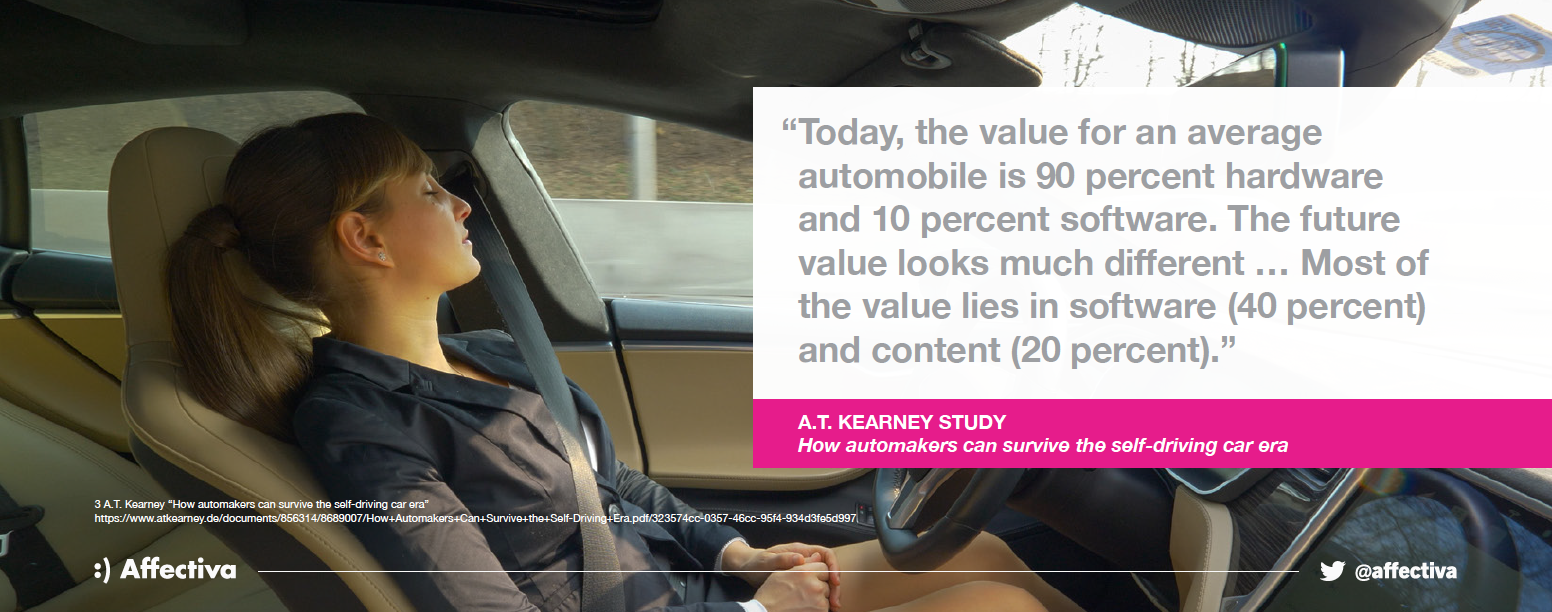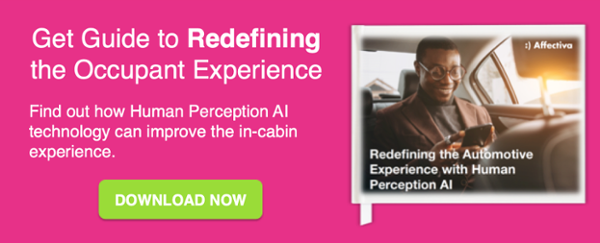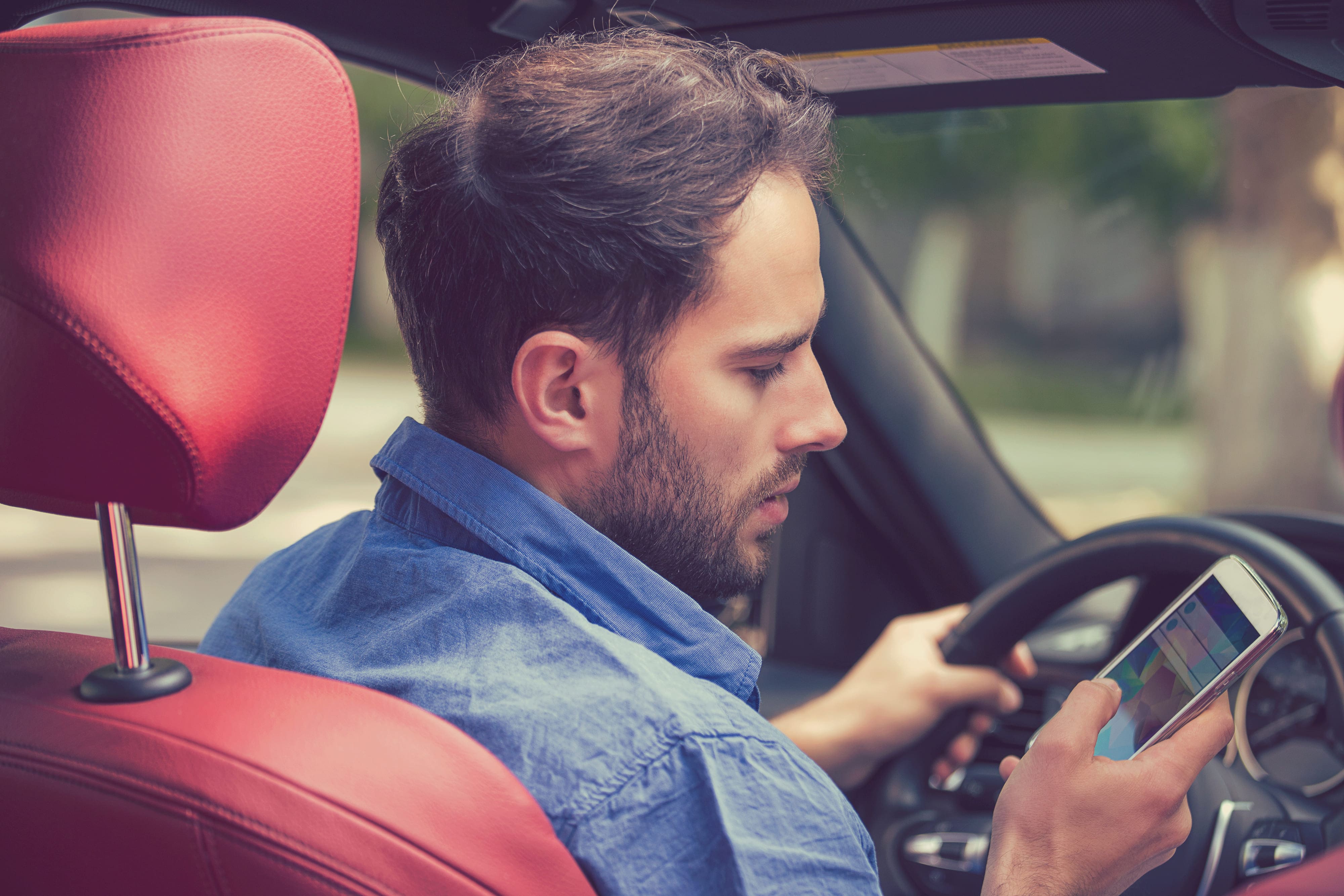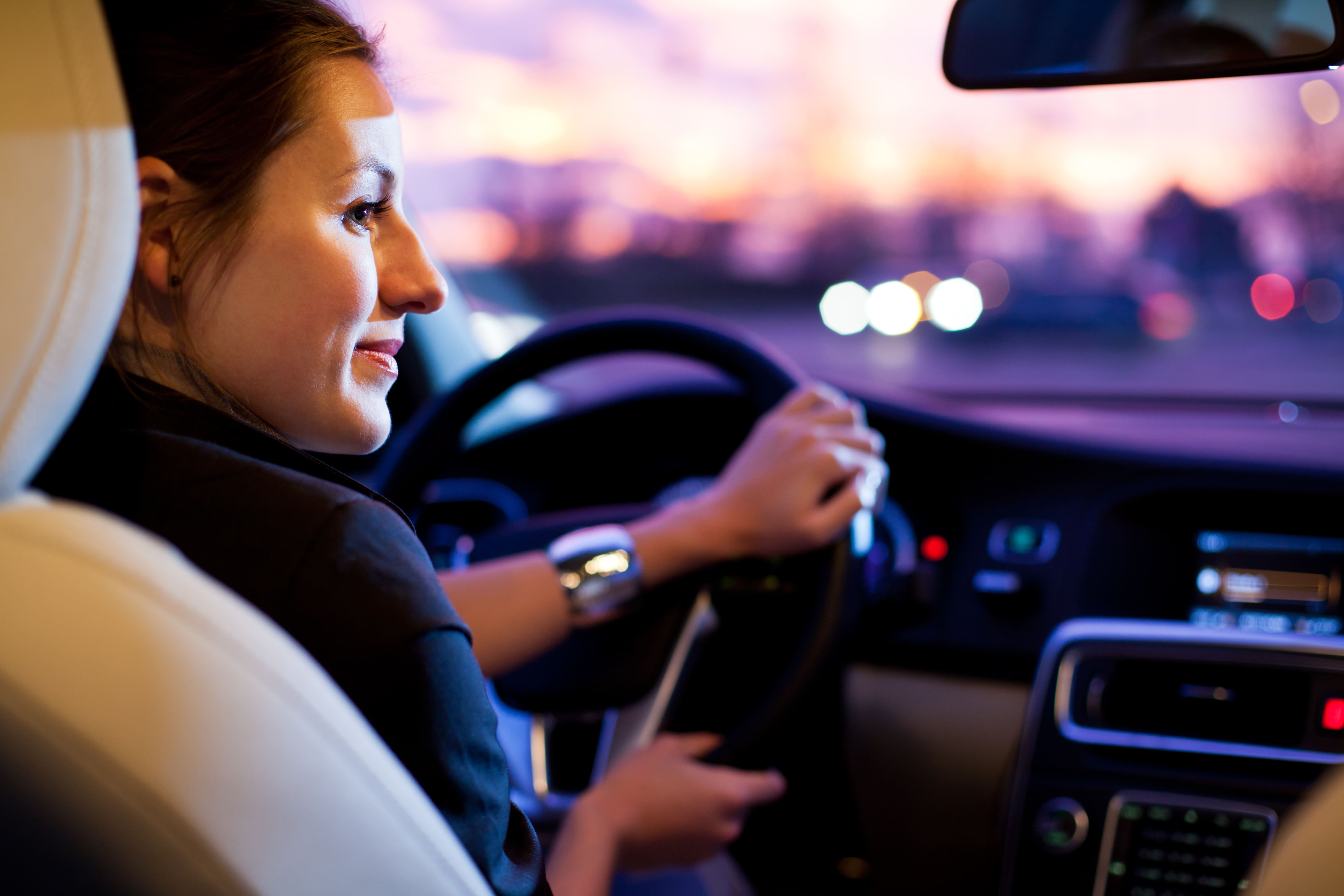
Autonomous vehicles are expected to make driving safer, more efficient and inclusive, and reduce road congestion. In fact, autonomous cars could save the U.S. alone $1.3 trillion in fuel savings, increased productivity, and the economic impact of fewer road accidents.
But, they also introduce a potential threat to traditional automakers: commoditization. Buyers today–especially in the premium or luxury market–might choose to purchase a car based on how well it handles or how fun it is to drive. But these factors will become less critical when the vehicle drives itself. There’s a chance that consumers might not be able to tell the difference between one automotive brand and the next, or might not care.
For OEMs who have built entire brands on these value propositions, that also means potentially losing brand affinity to new entrants into the market that are experts at delivering compelling content and experiences to consumers through in-vehicle software.

How does Human Perception AI Help?
Human Perception AI understands what’s happening with people inside of a vehicle. It analyzes facial and vocal expressions to detect complex emotional and cognitive states, including indicators of fatigue, distraction, anger or frustration, or impairment. From there, vehicle systems can intervene with the most appropriate next step.
Importantly, Human Perception AI correlates multiple signals to determine the true state of people inside the vehicle. It can distinguish nuanced expressions and detect degrees of emotional or cognitive states.
For example, if a passenger yawns, does it mean they are sleepy or bored? An autonomous vehicle needs to be smart enough to know the difference.
With this level of insight embedded into their autonomous vehicles, automakers can deliver unique in-car experiences that meet passenger needs in-the-moment and build affinity between the consumer and their brand.
Adaptive In-Cabin Environments
A tired passenger might appreciate an adaptive in-cabin environment that turns down the lights when they are tired, or plays soothing music if they are stressed.
Personalized Entertainment Hubs
Once the vehicle system detects the passenger and their current state, it can play personalized content, and then introduce shopping recommendations based on how they react to the content.
Signature Brands
Different product lines could be designed to meet specific passenger needs, such as a “commuter” brand to maximize productivity, or an “entertainment” brand for a long road trip.
Read more about Human Perception AI.






